
Illustration framework
Company— Drop Mobility
Project role— Lead Designer
Storytelling
The illustration above became integral to the storytelling as it depicted the city as a network of services, with Drop seamlessly integrating into the system rather than competing with it.
I chose to depict the buildings as small since efficient transportation can make the city feel smaller and more connected. Additionally, other modes of transportation were added to showcase Drop's integration into the existing infrastructure.
Other illustration sets were also designed with the audience and context in mind to ensure cohesive storytelling across various media platforms.
4 types of illustrations
① Flat illustrations
② Line diagrams
③ Enhanced isometric illustrations
④ Simplified isometric illustrations
①
Flat illustrations
For usage on multiple platforms including print and digital as functional communication or decoration.

Dynamic system
The dynamic illustration system allows various pieces to be combined to create enhanced storytelling and save time in the future.


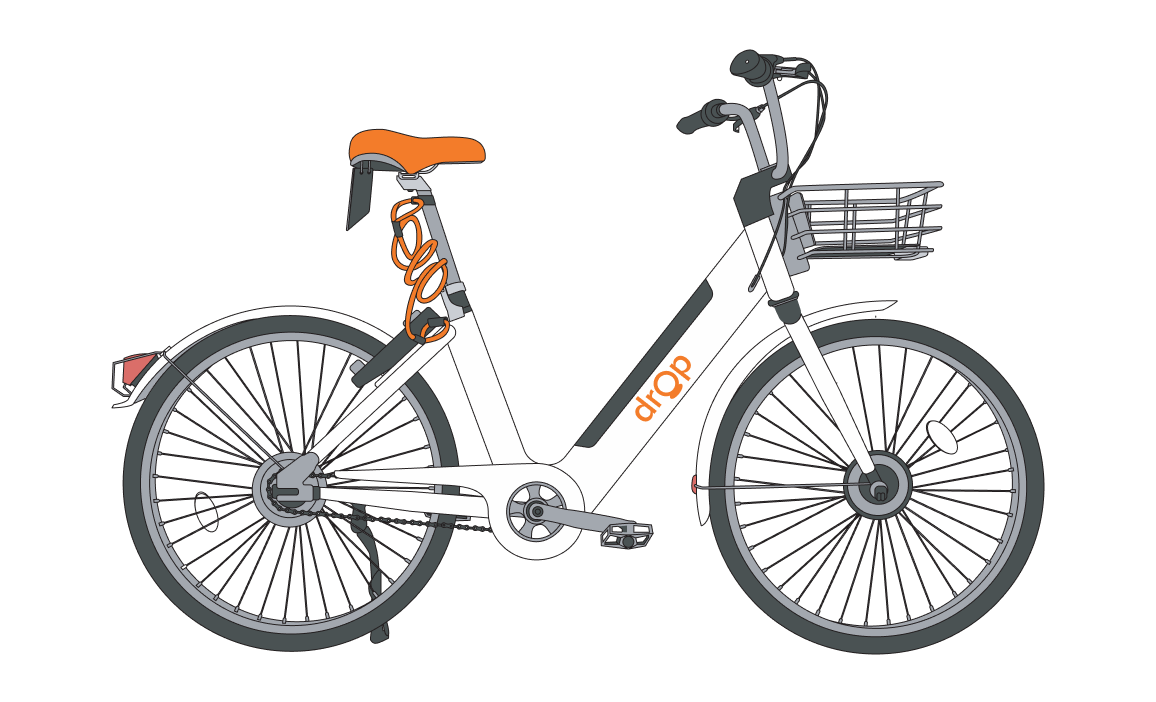
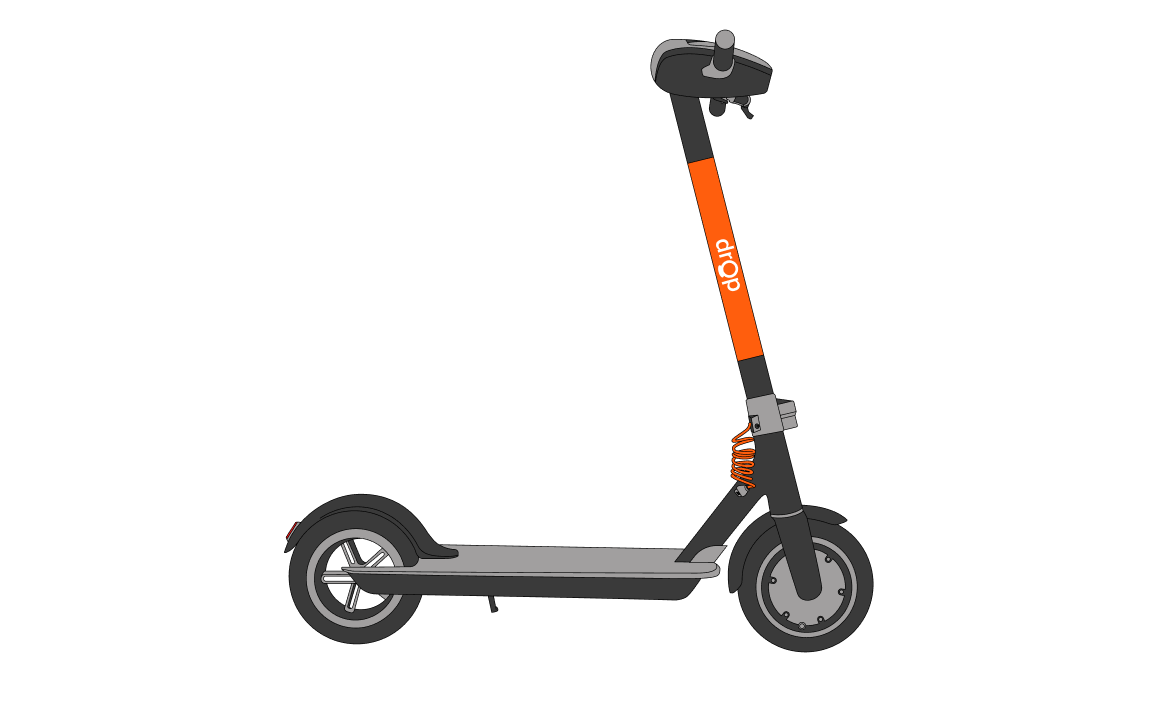
②
Line diagrams
These diagrams were mainly used for demonstrating vehicles realistically with their specs. They also allowed the team to create timely mockups with custom branding for cities.
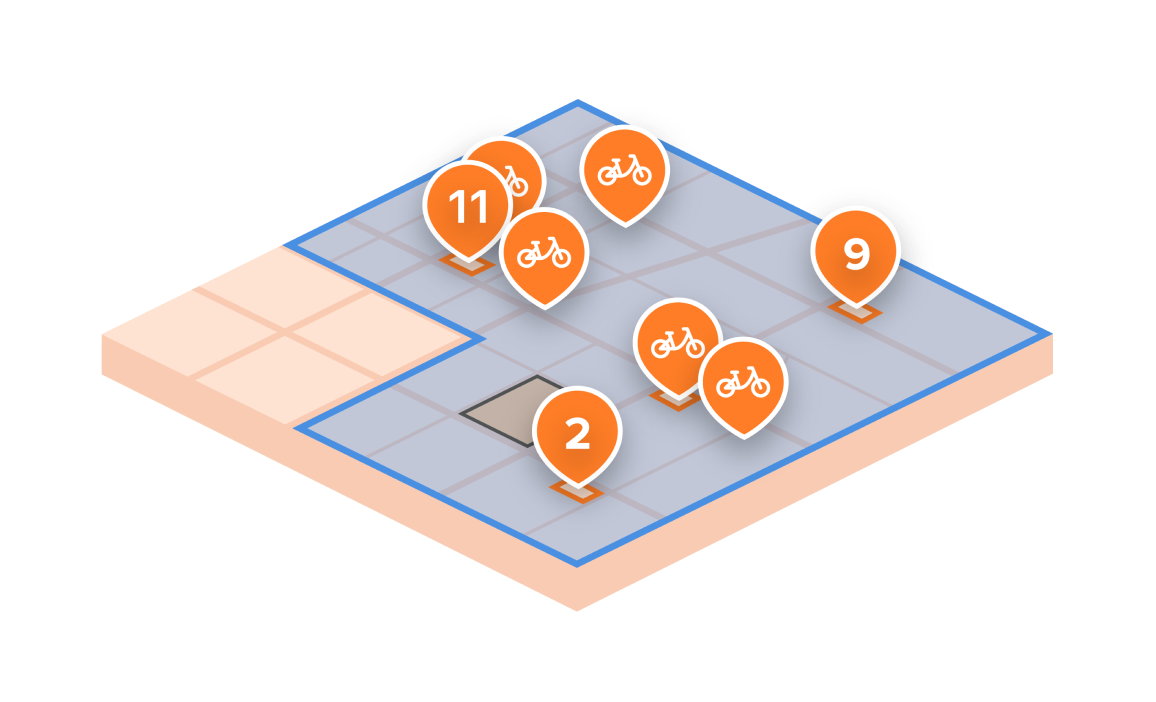
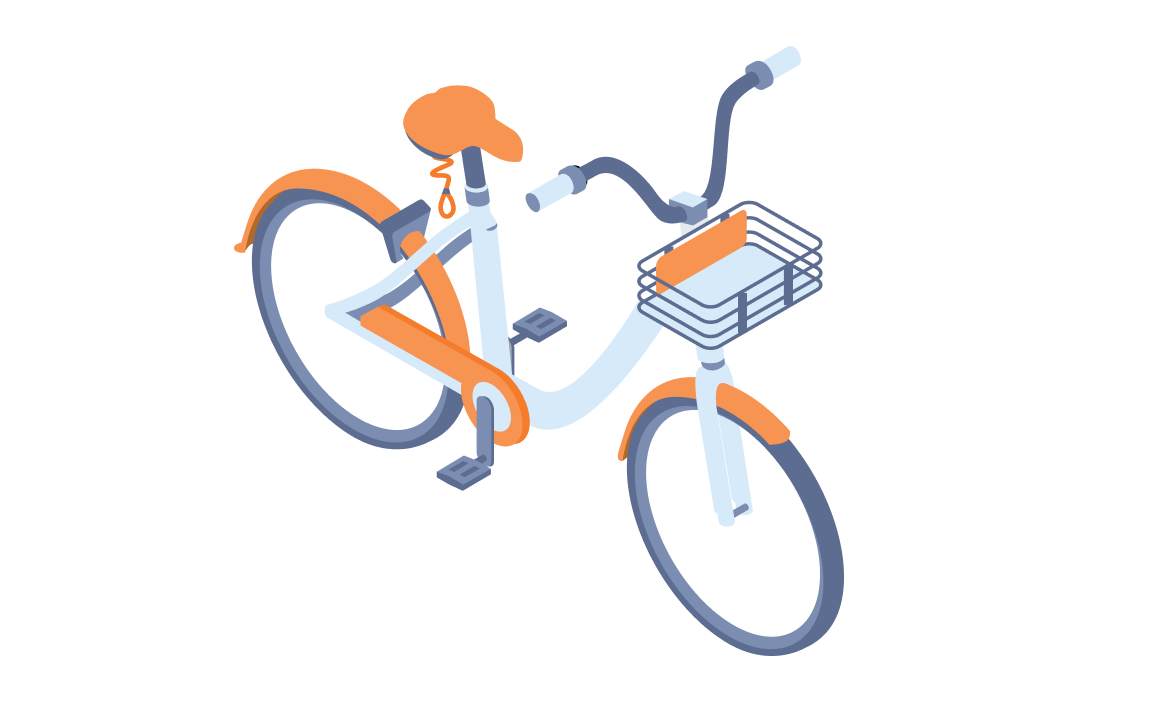
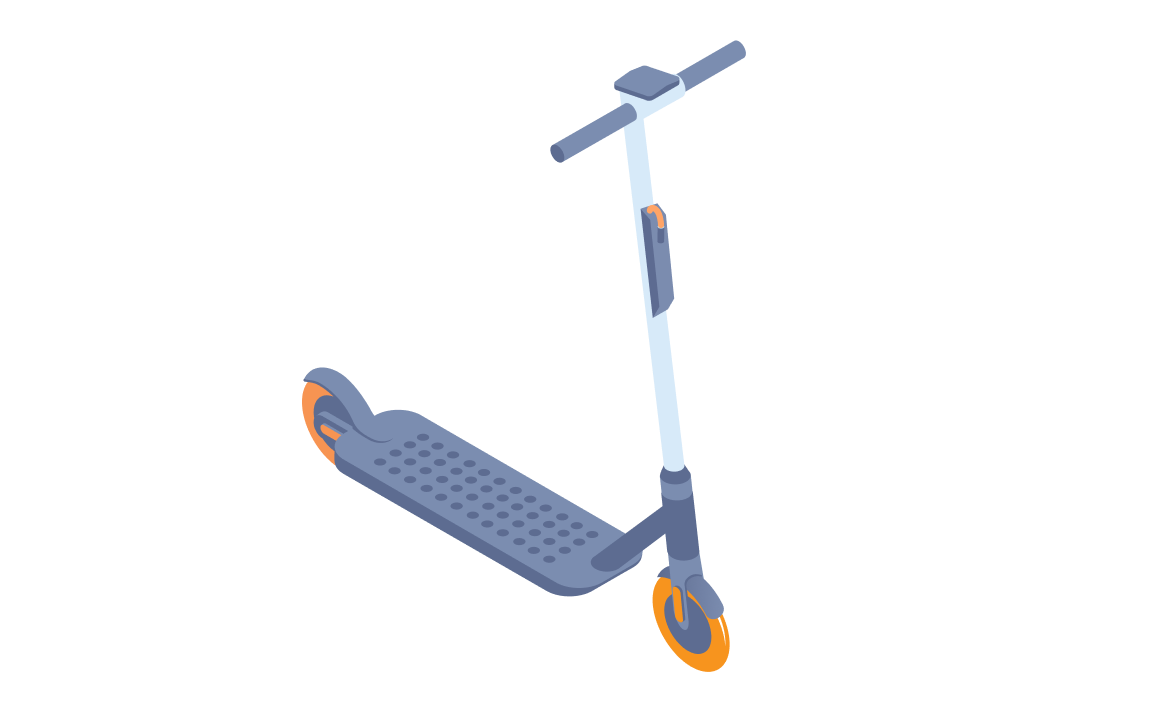
③
Enhanced isometric illustrations
These illustrations were made to be used for cases like banners, hero images, membership cards, etc— where there is enough space available for them to take hierarchical significance and attract audiences visually.
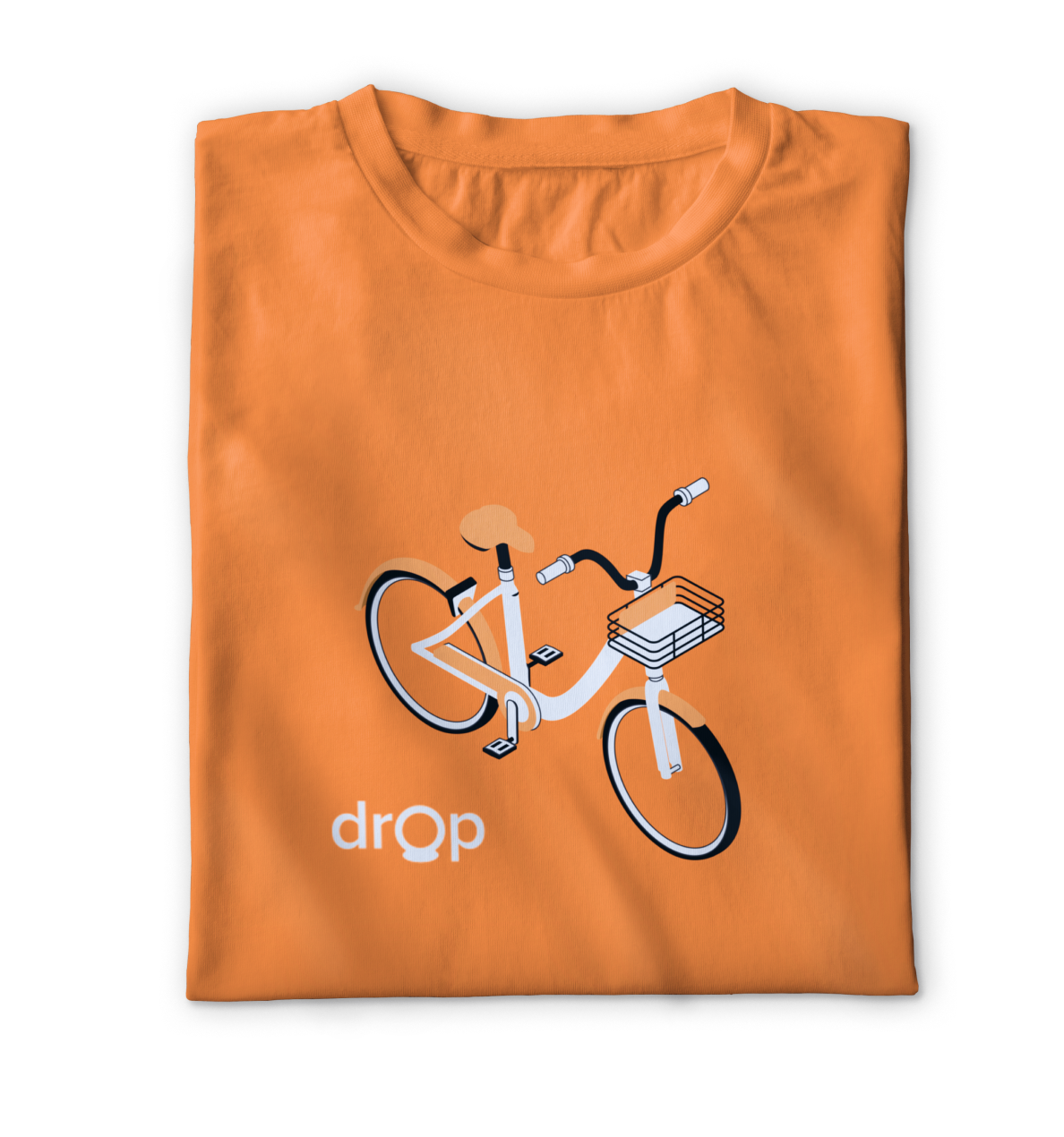

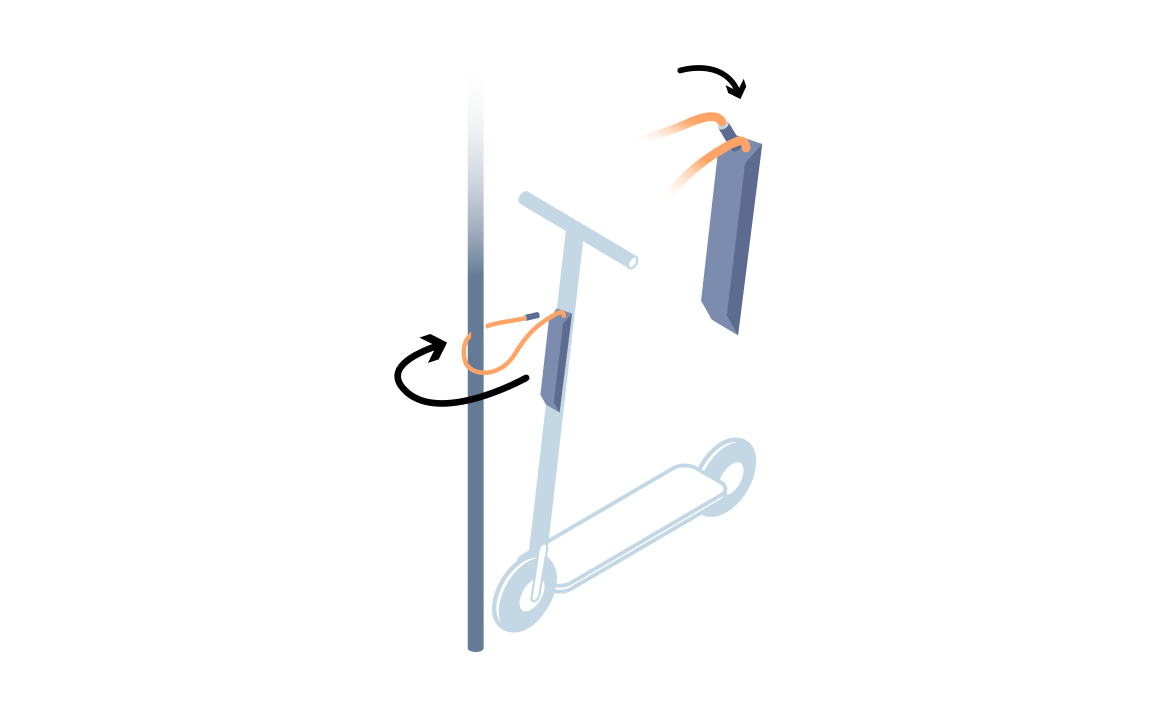

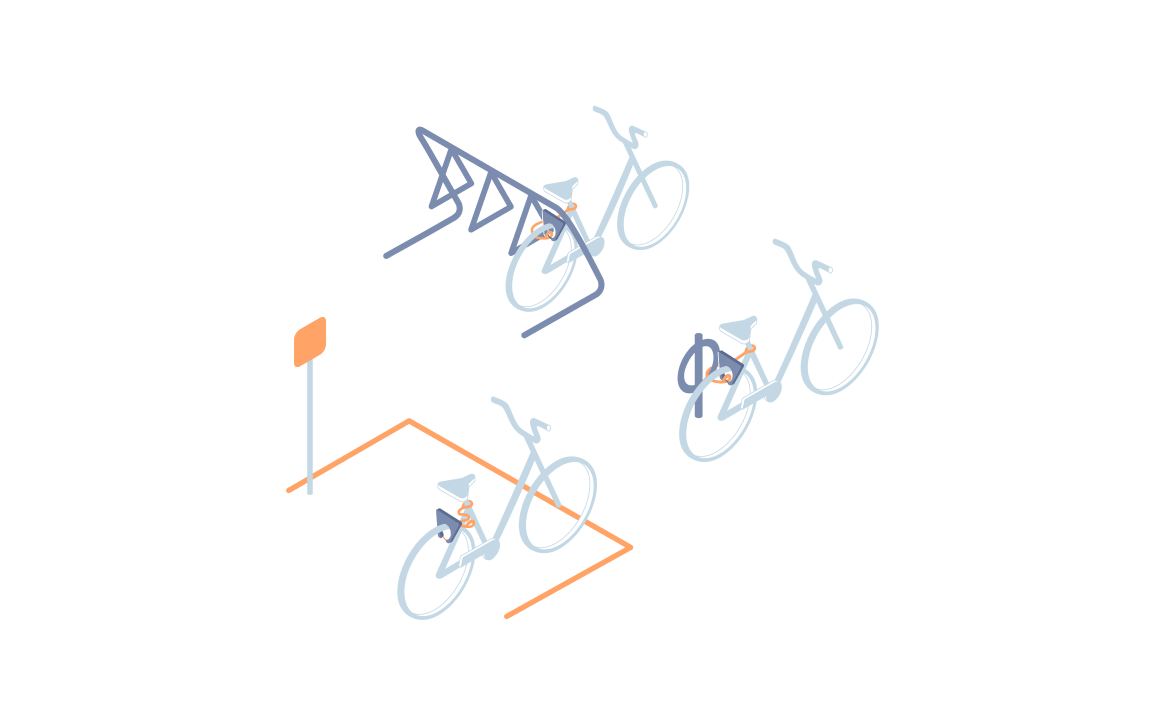
④
Simplified isometric illustrations
Mainly used to communicate parking instructions with simple forms.
:)
:)
Social media
©2021